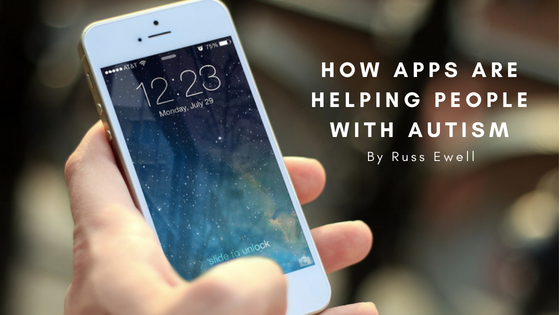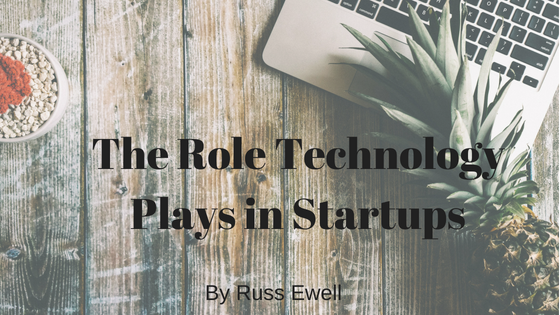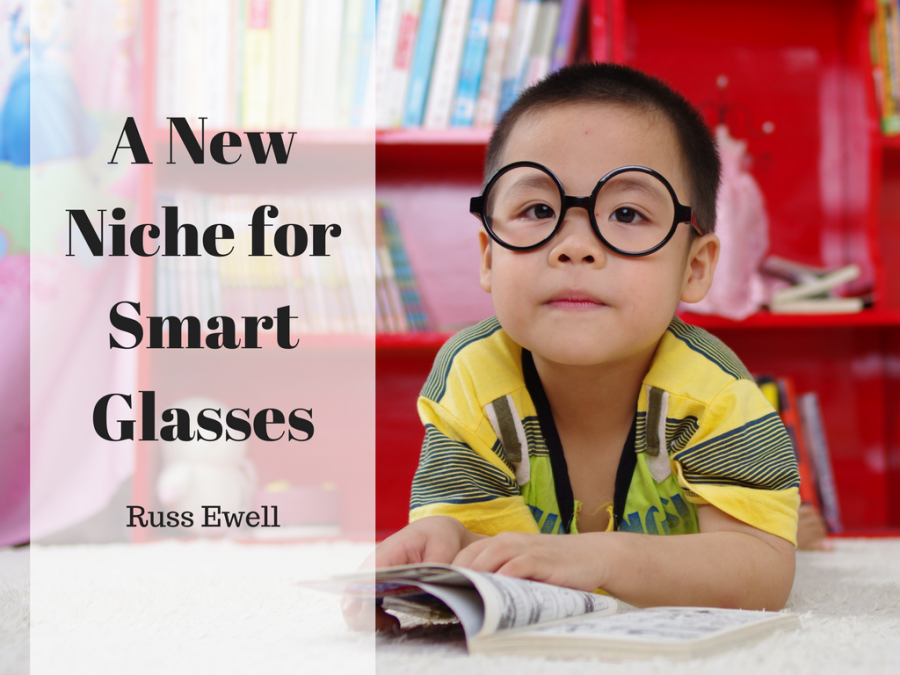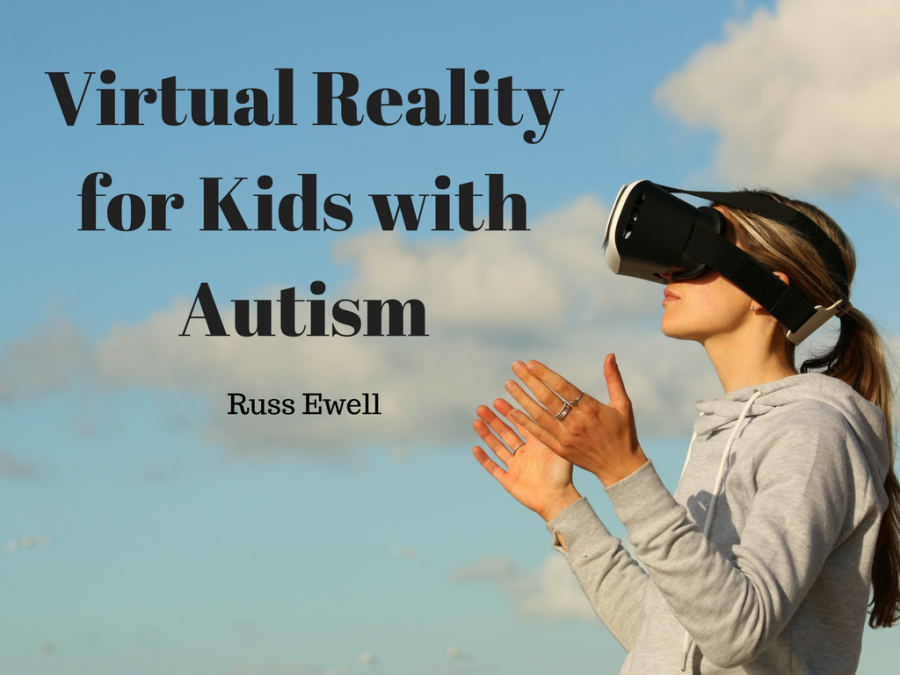Technology is improving day in and day out, and with that comes the power to transcend just silly games, instant messaging, and social media. With that comes the power to actually make a change and use apps to help people access the world in different ways. They can be used as both an accessibility resource and a research to keep children learning in ways that work for them. A predominance of these apps focuses on helping children with autism practice skills in an encouraging and fun one. Here are a couple examples of those apps for the iPhone, iPad, and Android:
Autism iHelp
Autism iHelp is an aid that teaches vocabulary words and includes 72 photographs paired with vocabulary words and learning enhancement activities. These activities are presented as games in order to focus on retention and auditory and visual memory. The app was developed through the collaboration of a speech-language pathologist and the parents of a child with autism.
Upper Case–Autism Series
This app is specifically meant for Android opposed to iPhone and iPad. The app provides coloring pages that help children learn the alphabet, and is specifically designed for younger children and toddlers.
Autism and PDD Concepts Lite
This iPad and iPhone app offer a wide range of stories and corresponding questions. It aims to increase reading comprehension and understanding.
This app, as well, is only available for Android and has been received with quite high ratings from users. It has a number of functions. It allows families to seek out help in case of an emergency, it helps children on the autism spectrum develop their communication skills, and lastly, it brings attention to external services available for both children with autism and their families.
Articulation Station
Articulation Station was created by a certified speech-language pathologist and helps children learn how to speak and pronounce words and sounds. The words being tuned are paired with high-quality images in order to engage in multiple modes of learning, as well as fun activities and games to keep your children engaged.
See.Touch.Learn.
This app focuses on the importance of visual instruction, a way which particularly benefits many people with autism. This app has thousands of picture based flashcards and exercises built off of them, and also includes the ability to create custom lessons and to expand the library of flashcards once a set has been mastered.




